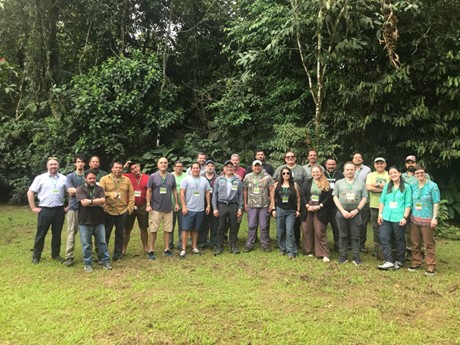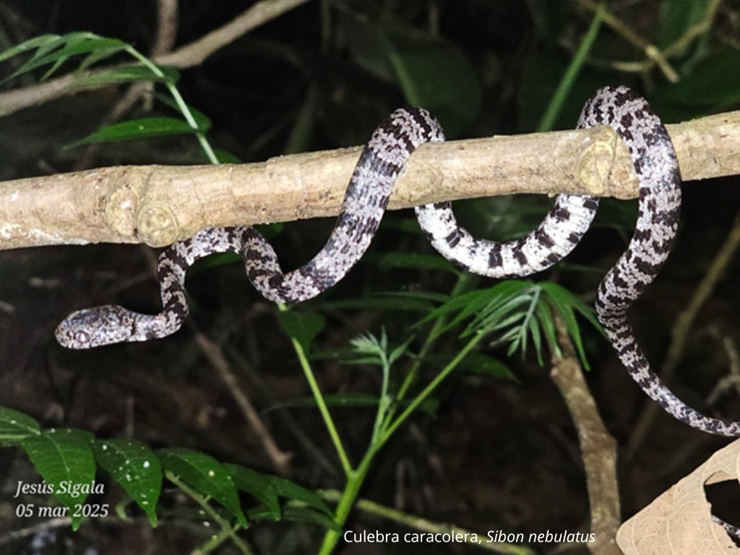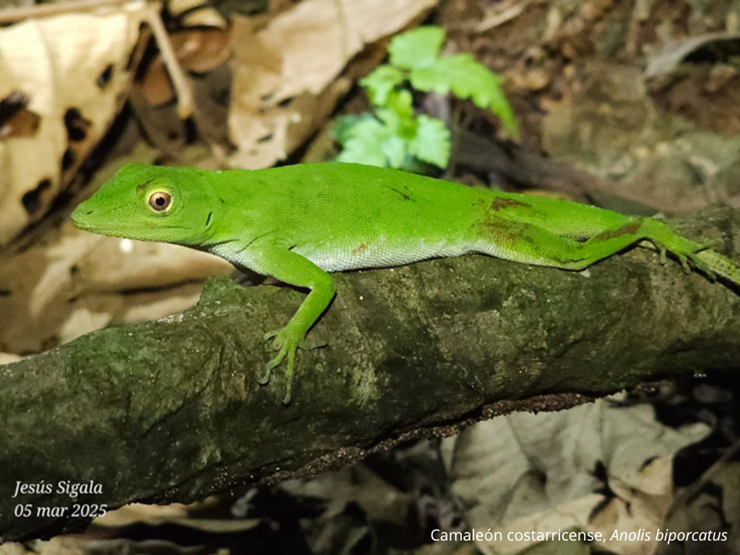Participation in the Workshop on Central American Reptiles (International Union for Conservation of Nature -IUCN)
Fuente: Instituto Clodomiro Picado

From March 2 to 8 this year, staff from Instituto Clodomiro Picado and from the herpetology collection of the Zoology Museum (Center for Research in Biodiversity and Tropical Ecology) participated in the Workshop on Central American Reptiles of the International Union for Conservation of Nature (IUCN). This workshop took place at La Selva Biological Station, Puerto Viejo de Sarapiquí, and was facilitated by the Center for Species Survival in New Mexico (USA), an organization that supports the strategic conservation of wildlife by producing baseline data for the IUCN to guide conservation planning and action.
At this event, specialists from Costa Rica, Guatemala, Honduras, Mexico, Nicaragua, Panama, and the United States analyzed the condition of over 500 species of snakes and lizards that inhabit the Central American region, in an effort to identify the level of threat and conservation status of these species. The baseline information comes from scientific collections in the region, which, like the Zoology Museum of the University of Costa Rica, are key to protecting a sample of the country’s biological diversity and generating knowledge about it.
The IUCN is an international organization made up of governmental and civil society organizations from more than 160 countries around the world, including Costa Rica. Its goal is to promote sustainable development and create an equitable world that values and conserves nature. Established in 1948, the IUCN has become the largest and most diverse environmental network on the planet, consisting of technical and scientific commissions with the participation of thousands of experts from around the world.
One of the IUCN's most ambitious projects is the catalog of threat levels on wildlife and flora species, conducted through its Red Lists of species. The Central American Reptiles Workshop is part of that initiative. Experts gather and share information and experiences about each species within a specific taxonomic group, in this case, reptiles. Based on data about the geographic distribution of each species, the habitats where they can be found, population trends, and the types of pressures that human communities exert on them, experts refer to previously established guidelines to assign each species to one of the following threat categories: Least Concern, Near Threatened, Vulnerable, Endangered, Critically Endangered, Extinct in the Wild, and Extinct (both in captivity and in nature). Two other categories: Not Evaluated and Data Deficient complete the possible outcomes.
The role of scientists from the University of Costa Rica in organizing this meeting highlights our institution's commitment and leadership in the research, management, and conservation of regional biodiversity.





